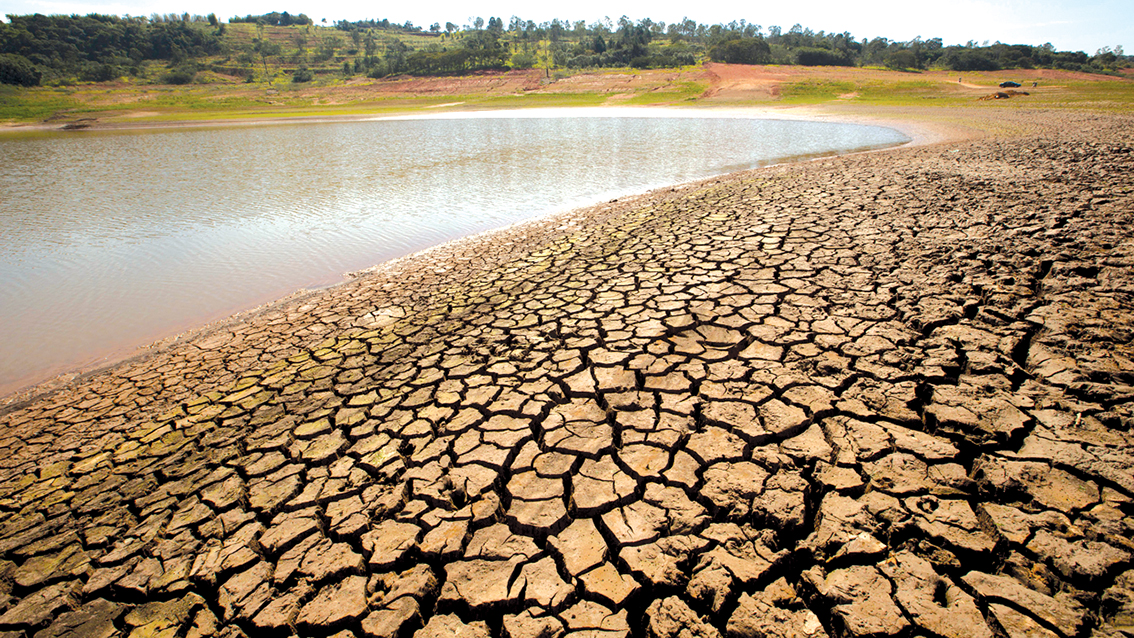While climate change is said to have exacerbated Iran's already prevailing water shortage, experts maintain it is the absence of proper management of resources that has plunged the country into a state of water bankruptcy.
Official data show that the average rate of precipitation in the country has been on the decline for at least ten years. The climatic changes are obvious and easily perceptible by ordinary citizens as previously snow-abundant winters are replaced by periods of cold but dry weather.
However, experts emphasize that the changes would not have resulted in a crisis had development plans been devised in accordance with the climatic trends and the ecological capacities of Iran's geographical area.
Inefficient Economics
Wrong economics of water has been among the areas of criticism.
Ali Moridi, director of water and soil office at the Department of Environment, has pointed to the pricing of water as one of the reasons behind the widespread unsystematic consumption of the vital resource.
"Water economy has been completely ignored in Iran, and this is why water is considered a free commodity leading to inappropriate consumption behavior," he said in a talk with ISNA.
He suggested that instead of subsidizing, water-saving equipment should have been provided for the public.
Banafsheh Zahraei, a water management official with the Energy Ministry, also pointed to the rather free cost of water in the agriculture sector which discourages farmers from investing in consumption control methods.
"[Within the existing system,] saving water in greenhouses is not economically justifiable because adopting the required technology would cost more than using large volumes of water," she said.
Poor Planning
Disregard of the ecological potential of geographical regions and haphazard launch of development projects across the country are blamed as one of the greatest culprits of the current critical state.
Dams, for instance, have put extra pressure on water resources in certain areas, such as the Urmia Lake drainage basin, although they are the best strategies to control surface waters for human use without which development would not be possible.
Mostafa Fadaeifard, from the national committee of Iran's big dams, believes that "dam construction is good but has been practiced to excess."
He stressed that dams are in many cases wrongly located.
"Unfortunately, in dam construction, we follow the population, which means we wait for communities to settle in one place where we then build dams to supply their water [without taking into account the region's ecological capacity]," he complained, adding that the same is true about other industries.
Territory planning, which involves identifying appropriate industries for development projects for each geographical area, is the key to solving the problem, according to him.
"If territory planning is properly implemented, populations should be encouraged to settle near seas and other water reserves while at present they gather in large crowds in areas like Tehran, necessitating the launch of multiple dams and other industries to supply their needs," he said.
He cited Isfahan Province's highly water intensive steel industries as an example of such misguided policies whereas the historical province could have relied on its tourism industry to earn revenue and create jobs.
According to Zahraei, it is essential to recognize Iran's water scarcity and learn to adapt with it rather than combating the phenomenon by seeking new resources.


